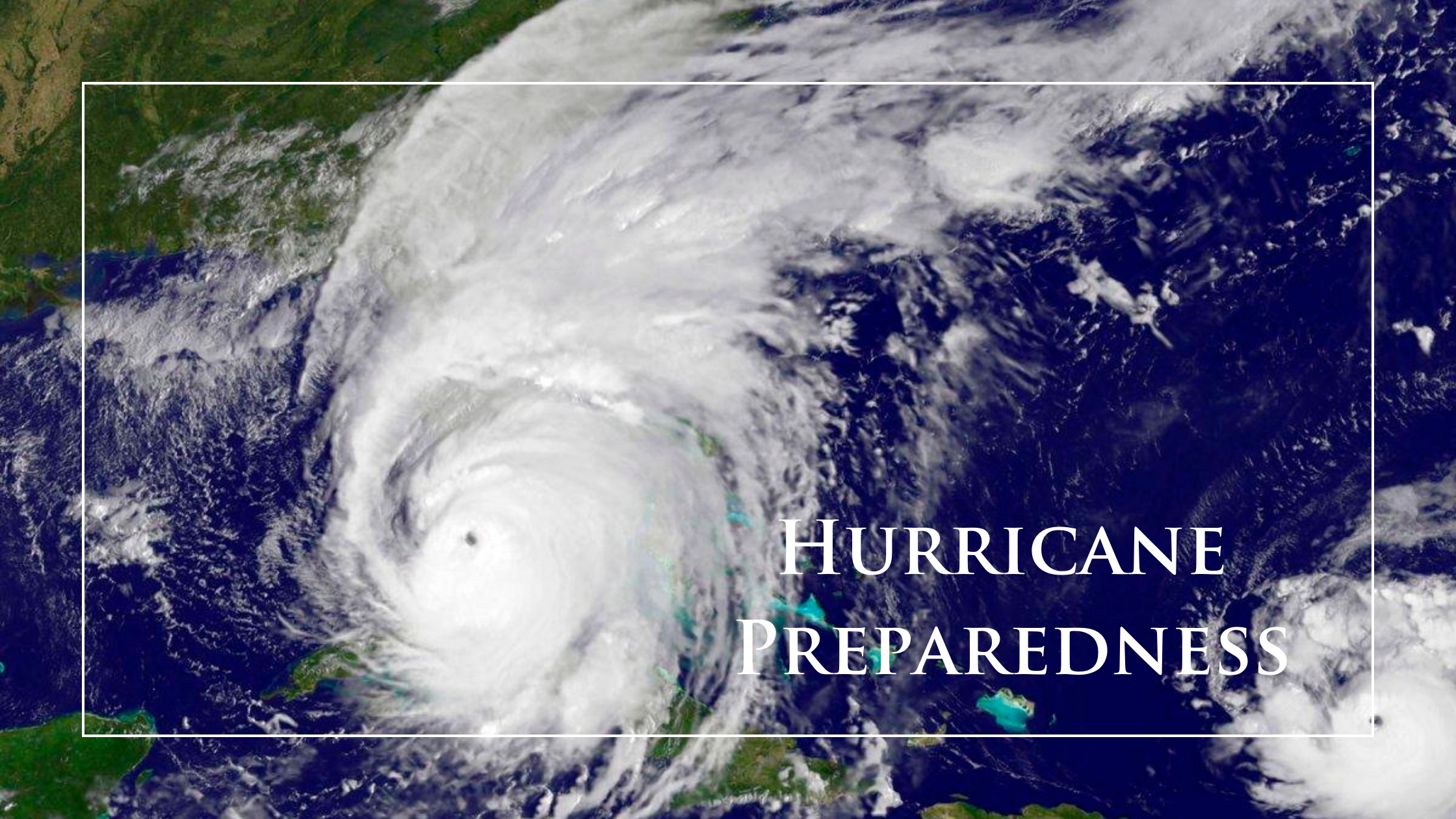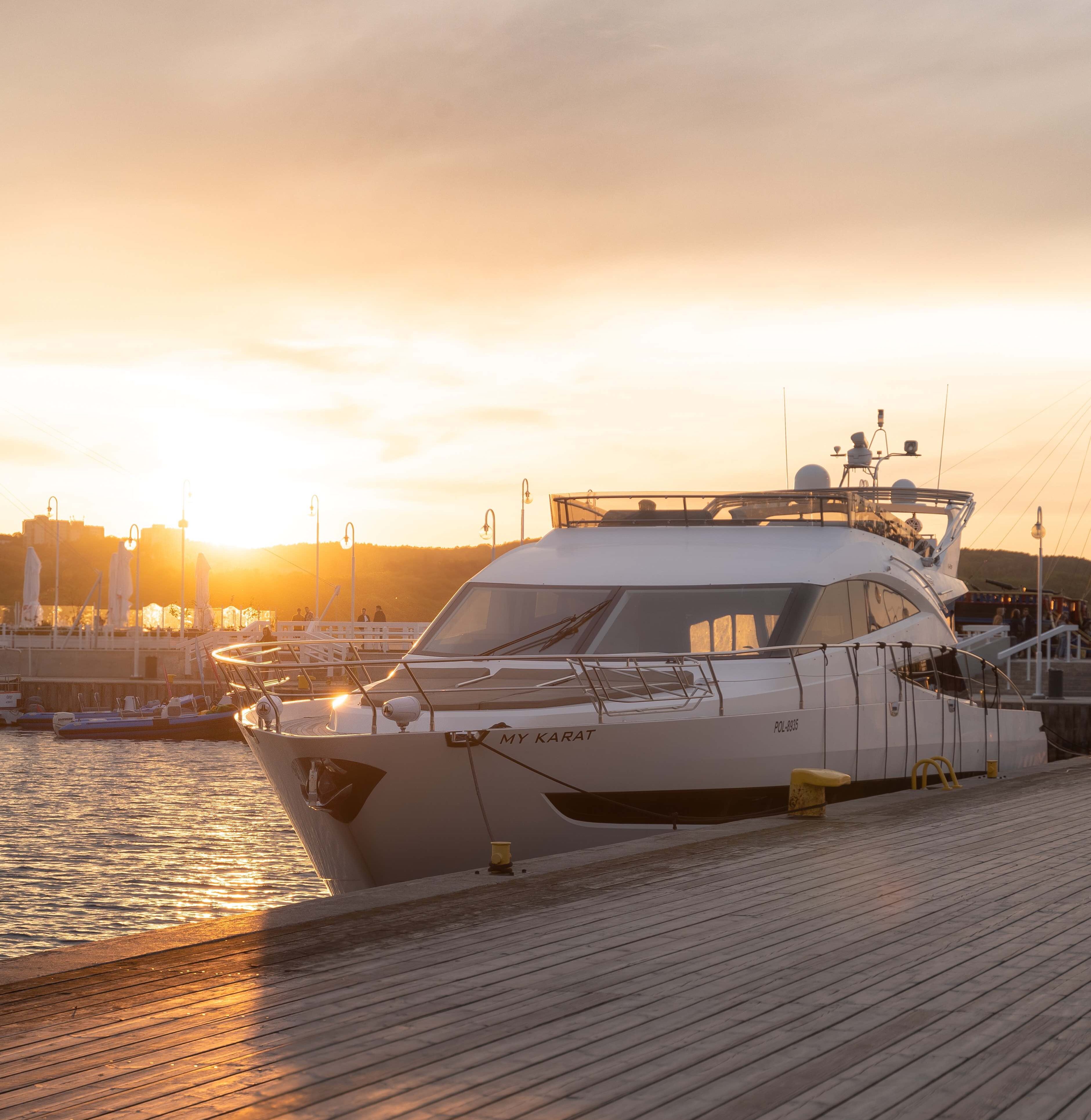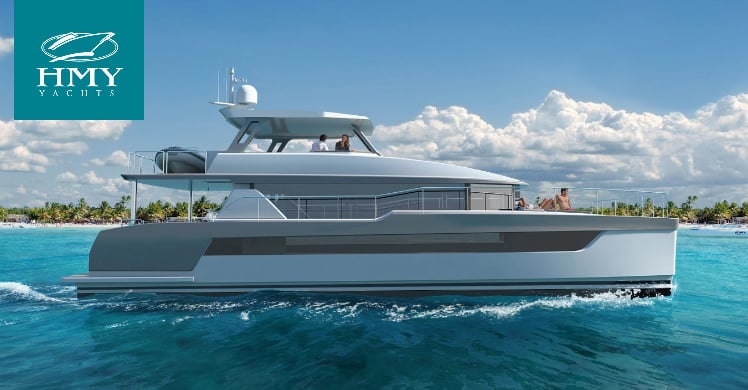
Hurricane Preparedness Essentials for Yacht Owners
 Image link: https://pixabay.com/photos/storm-ocean-hurricane-florida-407963/
Image link: https://pixabay.com/photos/storm-ocean-hurricane-florida-407963/
Many yachts are designed to withstand high seas, but a hurricane is a different beast. While NOAA has predicted a near-normal season for 2023, recent years have shown us that weather patterns are becoming increasingly unpredictable. With hurricane season underway, now is the time to plan for any impending storms.
 Image link: https://unsplash.com/photos/p-GrqI8OSqI
Image link: https://unsplash.com/photos/p-GrqI8OSqI
Getting Your Yacht Hurricane-Ready
How you prepare your yacht for a storm will depend on where it’s kept. Whether it’s docked or on shore, here’s what you should know.
Securing Yachts in Water
If you keep your yacht in a marina, review your dock contract for details regarding natural disasters. In some cases, owners are required to make specific preparations or even remove their boats from the marina. No yacht is designed to withstand hurricane-force winds and tides, so removing your vessel from the water is best practice. If you must keep your yacht docked, check with the dockmaster to see if they have a hurricane plan you can follow.
 Image link: https://pixabay.com/photos/rope-line-dock-maryland-coast-1305658/
Image link: https://pixabay.com/photos/rope-line-dock-maryland-coast-1305658/
Here are a few tips to consider in the meantime:
- Remove any loose items that could become projectiles. Detach windscreens and make sure hatches are tightly shut.
- Secure anything that cannot be removed, including tillers and wheels.
- Arrange your dock lines to keep your boat supported while allowing it to rise as the water surges. Make sure they’re properly affixed to pilings or cleats without any risk of slipping. Tie lines to both sides so they resemble a spider web.
- Situate your yacht so the bow faces open water to reduce windage — unless it has a swim platform. If you can’t keep the platform away from the bulkhead to prevent hull damage, position the yacht so the stern faces open water.
- If you’re keeping your yacht at a floating dock, measure the height of the piling to ensure it will accommodate the predicted surge. If the pilings are shorter than 10’, you’ll want to relocate your yacht. If they’re of adequate height, attach the lines high with a half hitch knot.
- If you’re keeping your yacht in a narrow canal, try to position it as far up the waterway as possible for protection against the worst of the surge. For wider waterways, secure your yacht using multiple anchors and lines tied to trees on shore.
- Power down any electronic devices except for bilge pumps. Make sure batteries for the pumps are fully charged to outlast the storm, and consider having backups on hand.
- Use tires or extra fenders for impact resistance. While they won’t compensate for a poor docking arrangement, they can offer some extra protection for properly secured yachts.
Preparing Yachts On Shore
Yachts kept on shore are less likely to sustain damage than those kept in the water. Hauling your boat to a safe spot should be an integral part of your hurricane plan if at all possible. Once ashore, use straps with helical anchors drilled into the ground or eyes set in concrete to secure the yacht. This is safer than using jack stands alone, as these could allow the boat to blow over with high winds. Keeping a boat on a lift or davit isn’t recommended, as the storm surge will likely exceed its height. Remove the boat and store it on shore if possible, or relocate it to a dock if needed. Trailered boats should be kept in a garage or secured to trees using anchors or augers.
Review Your Insurance Coverage
While boat insurance can cover hurricane damage, it’s not always included by default, so check your policy long before any hurricanes are forecasted. Once there’s an official storm watch or warning, most insurers won’t allow you to make changes — and some insurers require a policy to be in effect for 30 days before they’ll cover any damage. After reviewing or amending your coverage, take inventory of your yacht. A quick and easy way to do this is to take a video of all decks and interior. Then, collect all of your legal documents, including the registration, title, marina agreement, and insurance, and keep them in a safe space on shore.
Touch Base with Your Broker
A final but important way to implement hurricane safety measures is to get in touch with your broker. Here at HMY, our brokerage team knows the ins and outs of each yacht we sell. We can share tips for your specific boat or point you towards resources to help you prepare for any storm. If you have any questions or concerns about hurricane prep, contact your broker directly, or call our main line at (561) 328-1100.

